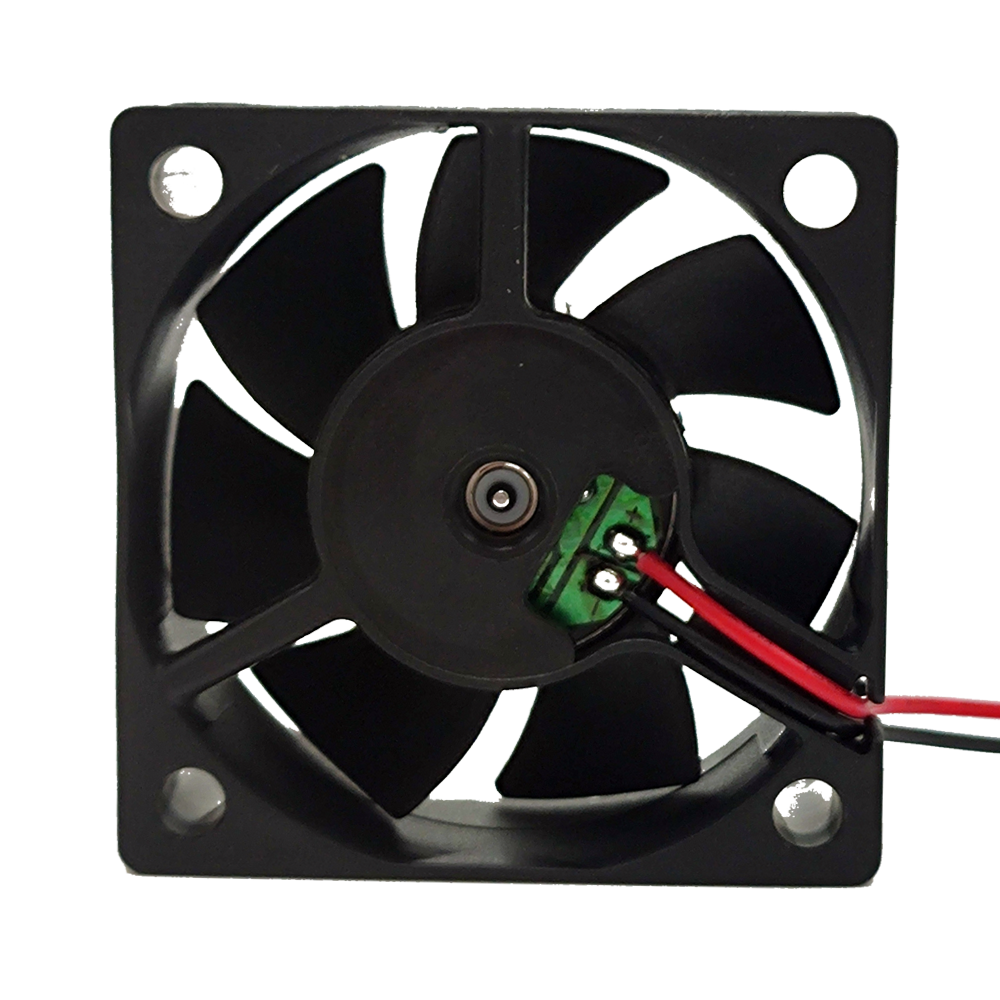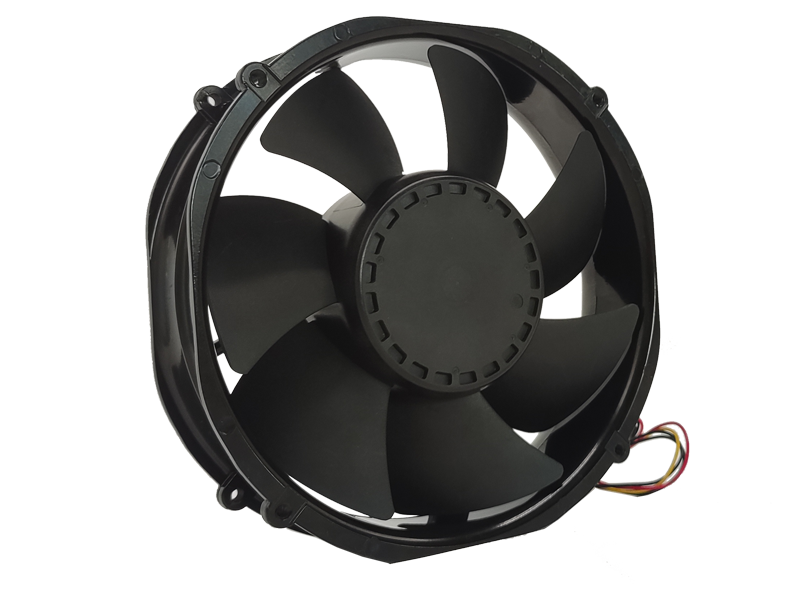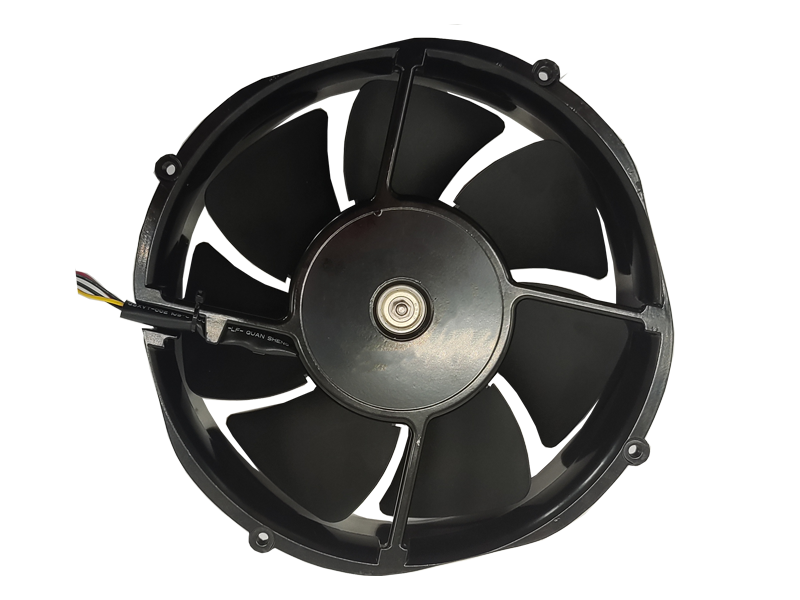Industrial fans play an indispensable role in a wide array of industrial applications, ranging from manufacturing plants to warehouses, and even power stations. In these environments, where efficient cooling and proper air circulation are crucial, industrial fans ensure optimal performance not only by maintaining appropriate temperatures but also by contributing to energy efficiency and safety standards. From a product development perspective, it’s critical to understand the operational functions of these fans to make well-informed decisions about their integration and usage in industrial settings.
The Role of Industrial Fans in Product Efficiency
In any industrial operation, the performance of machinery and equipment heavily depends on the temperature and environmental conditions. Excessive heat can cause machinery to overheat, leading to malfunction or breakdown, and can even damage sensitive components. Similarly, without proper ventilation, dust, fumes, or moisture may accumulate, creating unsafe conditions and reducing operational efficiency.
The fundamental function of industrial fans is to maintain temperature and air quality in these settings. Industrial fans move air to cool down spaces, vent fumes, and ensure optimal airflow, which directly contributes to the effectiveness and longevity of equipment. As industrial products evolve to become more energy-efficient, the role of fans becomes more prominent in optimizing product performance.
Types of Industrial Fans and Their Applications
From a product design perspective, understanding the different types of industrial fans available and their applications is crucial to selecting the appropriate solution for a specific environment. The three most common types of industrial fans include:
Axial Fans
Design and Functionality: Axial fans are designed to move air along the axis of the fan, meaning that air flows in a straight line from the intake to the exhaust. These fans are particularly useful in applications where large volumes of air need to be moved across a relatively short distance, such as in cooling or ventilation of large open spaces.
Applications: They are most commonly used in factories, warehouses, and large commercial spaces. These fans are also ideal for situations where cost-effectiveness is critical but high-pressure airflow is not required.
Centrifugal Fans
Design and Functionality: Centrifugal fans are designed to move air radially. They suck air into the fan through the center and expel it through a set of blades, creating a pressurized flow of air. This type of fan is typically used in applications where higher pressures and longer ducting systems are necessary.
Applications: These fans are used in industries such as HVAC, dust collection systems, and air filtration. They are more suited for applications where air needs to be pushed through ducts or systems requiring high resistance.
Vane Axial Fans
Design and Functionality: Vane axial fans combine elements of both axial and centrifugal designs. They use blades that are engineered to increase the pressure of the airflow, making them capable of pushing air over greater distances than typical axial fans while maintaining a relatively low energy consumption.
Applications: These fans are employed in more demanding environments, such as mining operations or large ventilation systems that need to move air through long ducts with moderate to high pressure.
Each type of fan is designed to meet specific operational needs. In selecting the right industrial fan, designers and engineers must evaluate factors such as airflow capacity, pressure requirements, system design, and operational cost.
Key Factors in Product Selection for Industrial Fans
When choosing industrial fans for a particular product or application, there are several important factors to consider:
Airflow Capacity and Coverage
The volume of air a fan can move is measured in cubic feet per minute (CFM) or liters per second (L/s). Understanding airflow needs is essential when designing an effective ventilation or cooling system. Selecting a fan with the appropriate airflow capacity ensures that the system can provide adequate cooling and maintain optimal temperatures for both the workspace and the equipment.
The size and configuration of the facility must be taken into account, as fans for smaller spaces may have different requirements than those needed for large industrial environments.
Energy Efficiency
Industrial fans, especially in large-scale facilities, are often running for extended periods of time. Energy consumption can become a significant operational cost. Today, many industrial fans come equipped with energy-efficient motors, low-friction bearings, and aerodynamic blades that help reduce energy consumption.
Manufacturers are increasingly opting for fans with variable speed drives (VSD), which allow the fan speed to be adjusted based on real-time temperature or airflow requirements, further enhancing energy savings.
Noise Levels
Noise is a major factor in industrial environments, where excessive sound can interfere with communication, employee comfort, and overall productivity. Choosing a fan with a low noise profile is essential to reduce the disruptive effects of loud fan operation. Manufacturers have invested in innovations such as quieter blades, noise-dampening enclosures, and optimized motor design to help minimize fan noise.
Durability and Maintenance
Given the harsh conditions of industrial environments, it is essential to choose a fan that can withstand high temperatures, moisture, dust, and other contaminants. Industrial fans need to be built from corrosion-resistant materials such as stainless steel or coated metals, and equipped with durable components that ensure long-term operation without frequent maintenance.

Fans designed with user-friendly components, such as easy-to-clean filters and simple bearing systems, can help reduce maintenance costs and downtime.
Future Trends in Industrial Fan Technology
The evolution of industrial fan technology is moving toward smarter, more efficient, and more integrated systems. As industries adopt automation and digitalization, the future of industrial fans will involve innovations such as:
Smart Fans
With the rise of the Internet of Things (IoT), smart industrial fans will be able to connect to centralized monitoring systems, providing real-time data on their operation, temperature, airflow, and energy consumption. These smart systems can predict potential failures, schedule maintenance, and optimize fan performance automatically based on environmental conditions.
Green Technologies
As industries strive to become more environmentally responsible, energy efficiency has become an essential consideration in fan design. The development of sustainable, eco-friendly materials, and more efficient energy systems will play a major role in future industrial fan products.
Advanced Materials
New developments in advanced materials, including lightweight composites and corrosion-resistant coatings, are being explored to improve the durability and performance of industrial fans. These materials will allow for greater efficiency and longer lifespans while minimizing maintenance needs.
Conclusion
Industrial fans are more than just components of ventilation systems; they are vital products that directly contribute to the performance, safety, and efficiency of industrial operations. With advancements in technology, such as energy-efficient motors, smart sensors, and advanced materials, industrial fans will continue to play a key role in improving industrial product performance. When selecting industrial fans for a specific application, understanding the operational needs, environment, and technological capabilities is essential to ensuring a fan is chosen that will provide optimal results and enhance overall operational efficiency.
Recommended Products

The main purpose:Car charging station

The main purpose:Car charging station

The main purpose:Electronic refrigerators, water dispensers, direct drinking machines, inverter power supplies
Address:No. 4137, Longgang Avenue (Henggang Section), Henggang Community, Henggang Street, Longgang District, Shenzhen
hotline:13530005572(Chen)15112579390(Li)


Welcome all friends to come for consultation and negotiation.
Copyright 2024 @ Shenzhen Youneng Xinyuan Electronics Co., Ltd.,(industrial fans,industrial blowers,axial fans,cooling fans manufacturer,centrifugal fans,ac cooling fans,dc cooling fans)